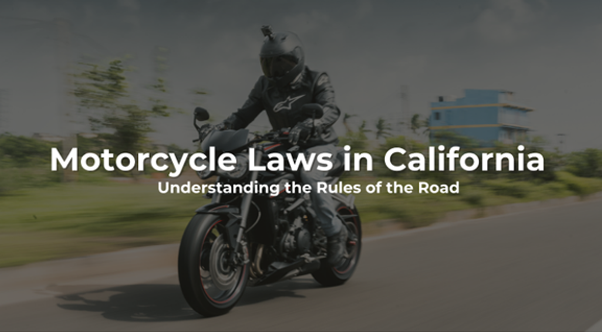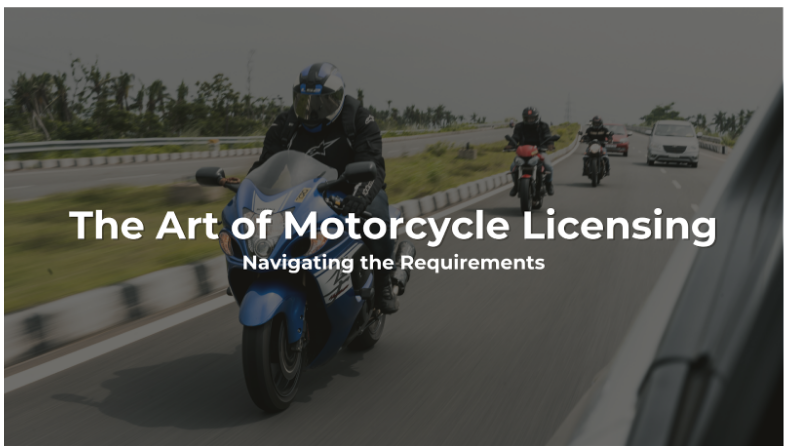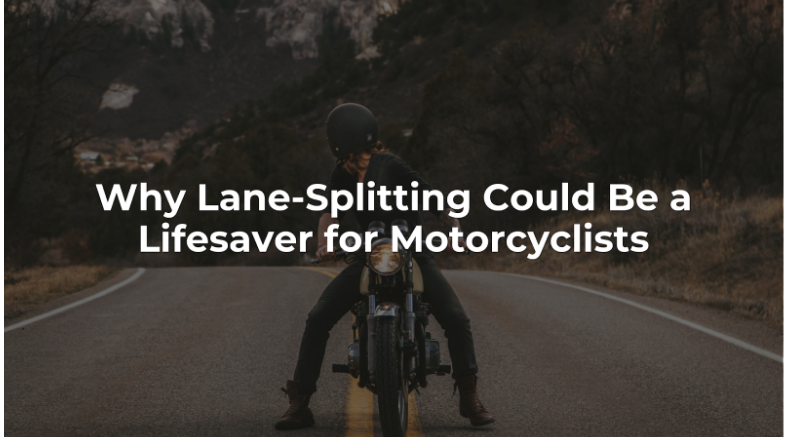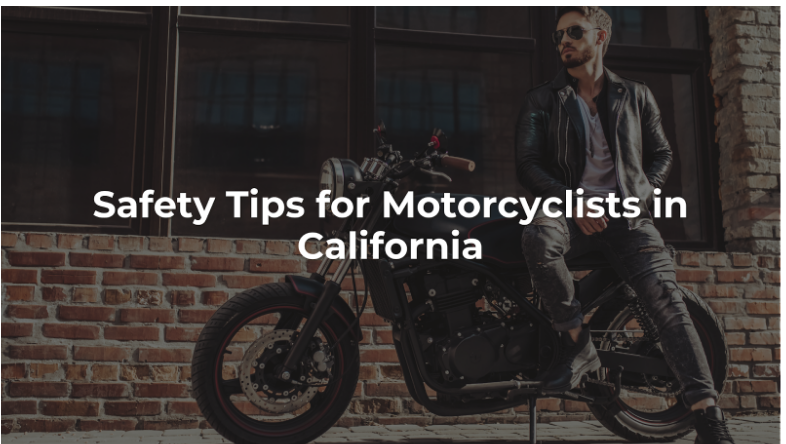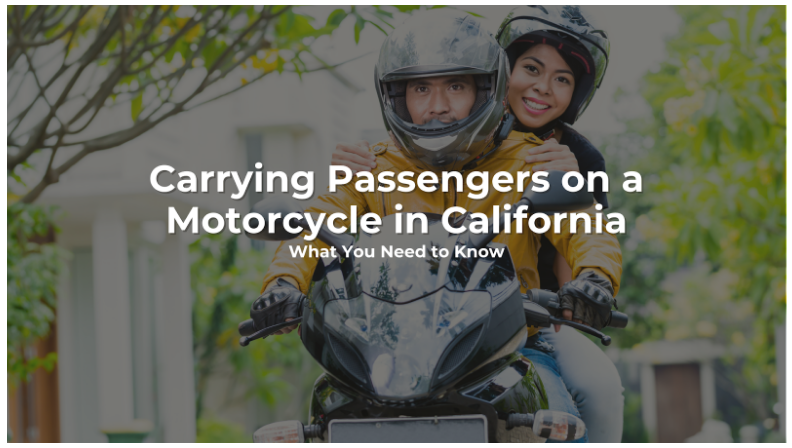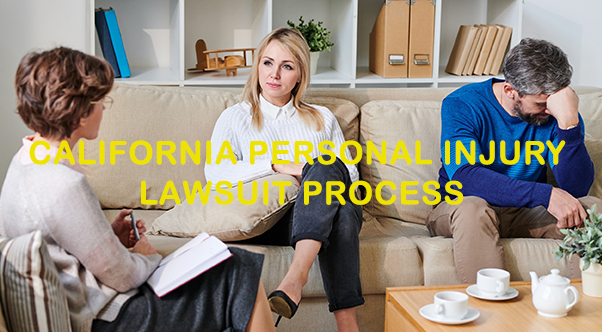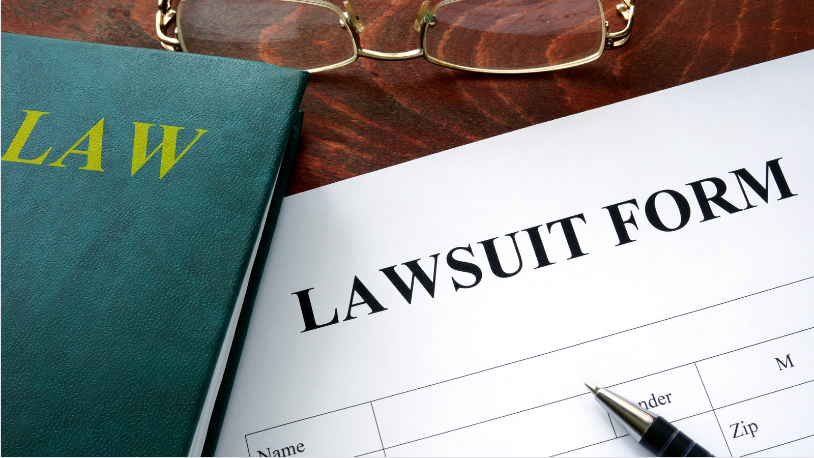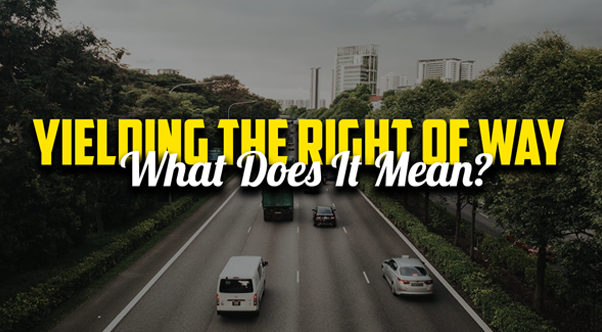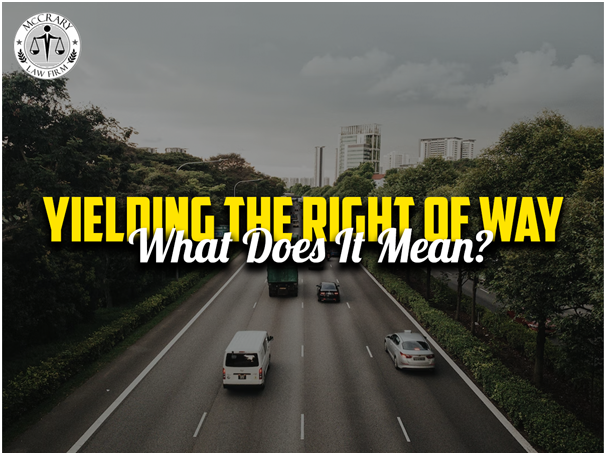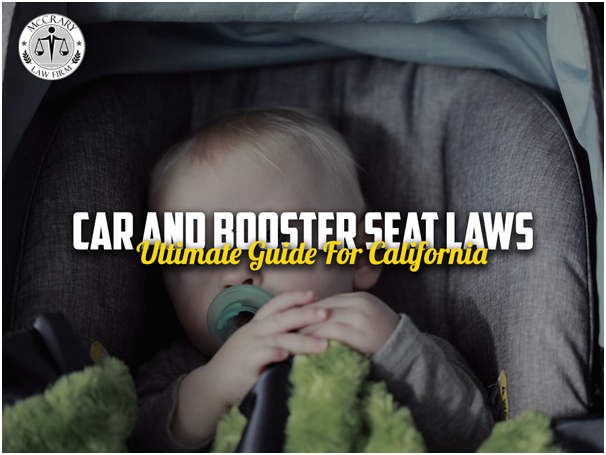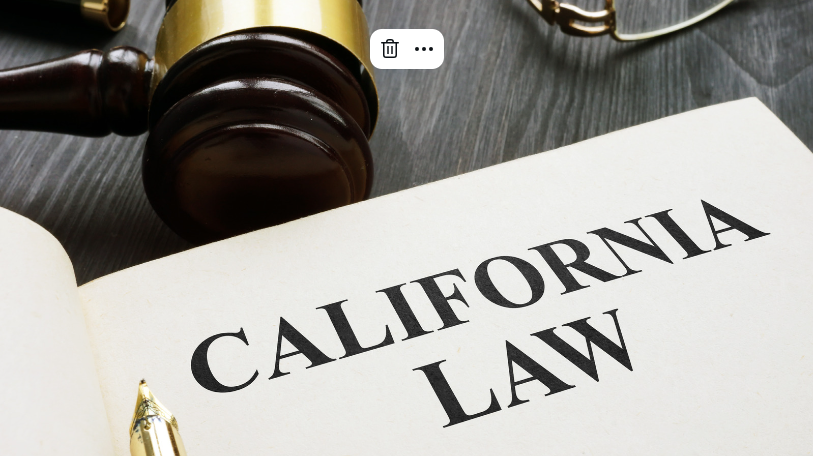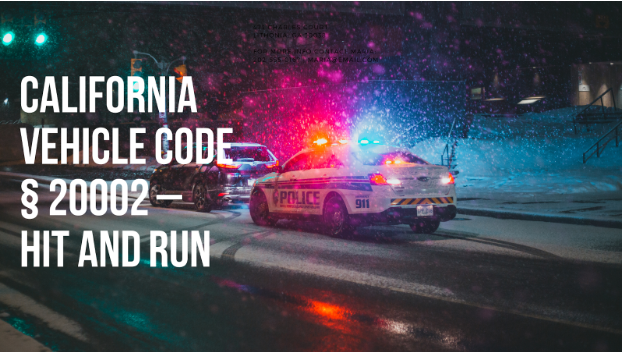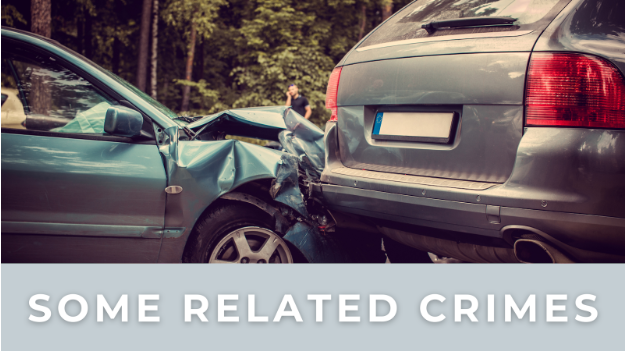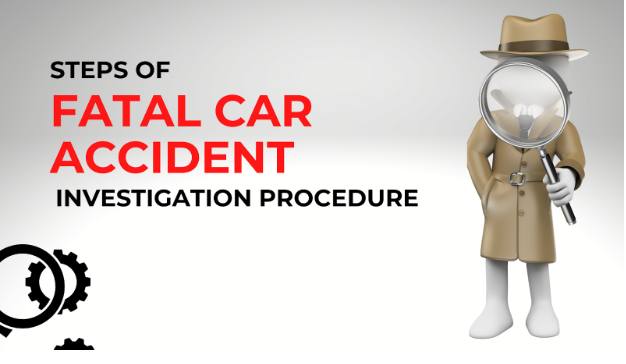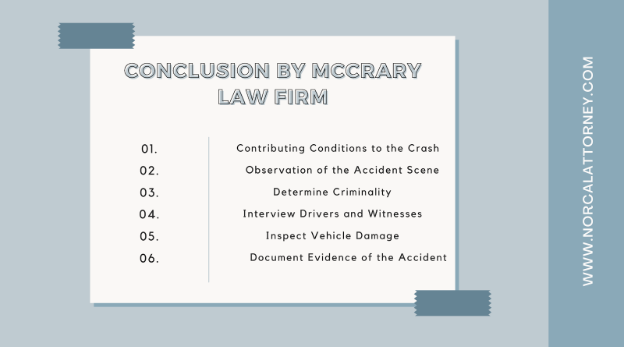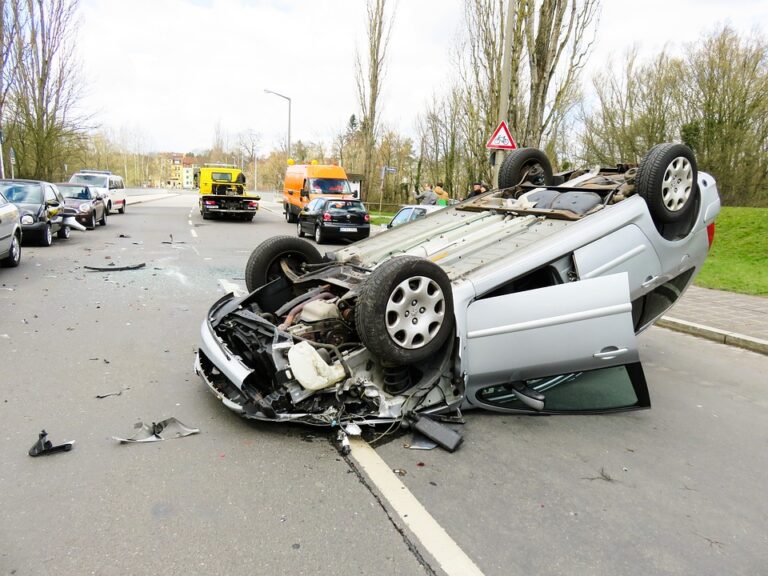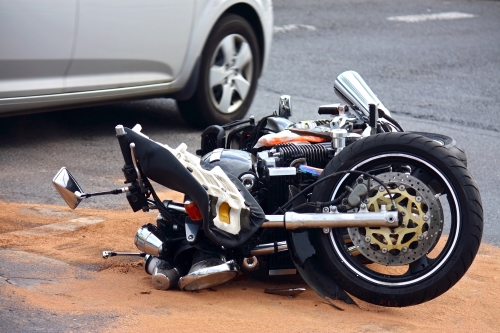File GEICO Claim : Secret Of Accident Insurance Claims
File GEICO Claim: Secret of Accident Insurance Claims
By Dan McCrary | February 22, 2023
Have you ever filed a GEICO claim? If you are dealing with GEICO, one of the largest insurance companies in the country, this guide is for you.
Discover the secrets to effectively handling GEICO claims and get the compensation you deserve. With this guide, you'll be armed with the knowledge you need to protect your rights and avoid being shortchanged.
An accident can be a traumatic experience, leaving you feeling confused, overwhelmed, and uncertain about what to do next. While insurance companies like GEICO are supposed to help you through this challenging time, the reality is often different. They have a reputation for denying claims, delaying payments, and undervaluing damages, leaving claimants frustrated and shortchanged.
That's why it's crucial to know how to deal with GEICO after an accident. This guide will reveal the seven secrets to effectively handling GEICO claims. From avoiding recorded statements to negotiating a fair settlement, we'll cover everything you need to know to protect your rights and get the compensation you deserve.
Have a question?
We’re here to help 24/7.
Call or Text Us Now (855) 752-6326
Table Of Contents
1. Importance of Effectively Handling GEICO Claims: How to Avoid Getting Shortchanged
2. Secret #1: Never Give a Recorded Statement: Protect Yourself from GEICO's Sneaky Tactics
3. Secret #2: Protect Your Settlement: Be Cautious About What You Say to Adjusters
4. Secret #3: Your Medical Bills May Not Matter
5. Secret #4: Your Claim Is Worth More Than You Think!
6. Secret #5: GEICO Adjusters Want You to Settle for Less
7. Don't Settle for Less: The Importance of Hiring an Experienced Auto Insurance Claims Attorney
8. Secret #6: GEICO'S Tricky Way To Justify Its Lowball Offers
9. Secret #7: You Might Have to File a Personal Injury Lawsuit
Importance of Effectively Handling GEICO Claims: How to Avoid Getting Shortchanged
Have you ever felt like you were being taken advantage of by an insurance company after an accident? The truth is, insurance companies like GEICO are not on your side. They are businesses with one goal in mind - to make a profit. That means they minimize the amount they pay on claims, leaving you with less than you deserve.
This is why it's so important to handle GEICO claims effectively. Doing so can protect your rights, avoid being shortchanged, and get the compensation you deserve. But what does it mean to manage a GEICO claim effectively?
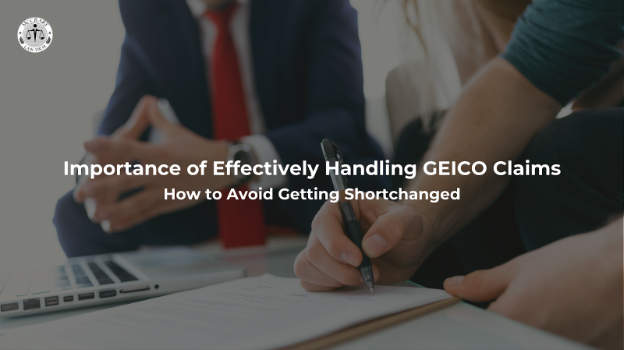
At its core, it means being prepared, knowing your rights, and understanding the claims process. It means not giving in to pressure from adjusters, documenting your damages, and negotiating a fair settlement. With the proper knowledge and approach, you can level the playing field and ensure you're not taken advantage of. Let's jump into the secrets:
Secret #1: Never Give a Recorded Statement: Protect Yourself from GEICO's Sneaky Tactics
As the saying goes, "loose lips sink ships," and nowhere is this more true than in the world of personal injury claims. Providing a recorded statement to GEICO when dealing with an accident can be one of the biggest mistakes you make.
Why? Because in the hands of a savvy insurance adjuster, even the most innocuous comment can be twisted to undermine your case. Keep GEICO from catching you off guard with their sneaky tactics.
The truth is, GEICO is not on your side. They're a business whose primary goal is to make money rather than to help you get the compensation you deserve. GEICO executives make millions of dollars a year, and one of their primary strategies for increasing their profits is to minimize the amount of money they pay out to claimants like you.
One way they do this is by pressuring you to give them a recorded statement. They tell you that it's required by law or necessary to settle your claim, but be aware. You have the right to refuse, and it's in your best interest.
Even if you think you're just answering a few simple questions, GEICO adjusters are trained to elicit information that they can use against you. For example, if they ask how you're feeling, you might say, "fine," even though you're in a lot of pain. They can then use that statement to argue that you're not injured and don't deserve compensation.
This is just the beginning, and there are many other issues or challenges to address. GEICO adjusters are known for recording people without their knowledge, and in many states, this is perfectly legal. That means you could be having a casual conversation with an adjuster, thinking you're just providing them with information when they're recording everything you say.
That's why working with an experienced personal injury attorney who knows how to navigate the tricky waters of dealing with GEICO is so essential. Your attorney can help you avoid costly mistakes and protect you from GEICO's sneaky tactics.
Remember, you have rights and don't have to comply with GEICO's requests for a recorded statement. It's best to say "no" and direct all communication to your attorney. Don't let GEICO catch you off guard – protect yourself and your claim by working with an experienced legal team.
Secret #2: Protect Your Settlement: Be Cautious About What You Say to Adjusters
As you navigate the aftermath of a car accident, you find yourself fielding calls from an adjuster. They might seem friendly and empathetic, but make no mistake: their job is to minimize the amount of money from your account, GEICO has to pay you.
That's why it's crucial to remember the second secret to safeguarding your settlement: be careful what you say to adjusters.
The truth is adjusters are not your friends. They're looking for any weakness in your story that they can exploit. They'll ask you questions, trying to get you to say something that could reduce the amount they owe you. But don't be fooled: your best action is to stay tight-lipped.

Limit your responses to the basics, such as your personal information and the time and location of the crash. Anything beyond that is fair game for an adjuster to twist and turn to their advantage.
You might be tempted to share more information, such as the details of the accident or the extent of your injuries, but it's essential to resist that urge. These are precisely the things that the adjuster is looking for, and sharing them prematurely could harm your case.
Consider this scenario: tell the adjuster that you've only missed two work days due to your injuries. Later, you find out that you'll need surgery to keep you out of work for a month. The adjuster could use your earlier statement to undermine your claim for lost wages.
Remember, an adjuster is not your confidante. They're not interested in your side of the story but in protecting the insurance company's bottom line. By staying mum, you're protecting yourself.
So, what should you do instead? If you get a call from an adjuster, politely decline to answer any questions beyond the basics. Then, call a car accident lawyer who can help you navigate the claims process. Our lawyers know how to communicate with GEICO adjusters in a way that protects your settlement. We'll handle all the conversations, so you don't have to worry about accidentally saying something that could hurt your case.
In conclusion, when dealing with adjusters, remember the second secret to safeguarding your settlement: be cautious about what you say. Please don't give them any more information than you have to, and rely on a trusted car accident lawyer to handle the communication on your behalf. With this strategy, you'll be one step closer to getting the settlement you deserve.
Personal Injury
Car Accident
Dog Bite
Motorcycle Accident
Truck Accident
Uber or Lyft
Wrongful Death
Latest News
Archives
Secret #3: Your Medical Bills May Not Matter
Are you prepared to receive a settlement offer from GEICO that barely covers the cost of your medical expenses, let alone the pain and suffering you've experienced since the accident? Unfortunately, that's the reality for many accident victims who assume their medical bills will be the key factor in determining the value of their claim.
But don't be fooled by GEICO's tactics. The insurance company attempts to minimize the value of your claim by disputing the medical expenses you've incurred. They even bring in their medical professionals to assess the "usual and customary charges," which could be biased and result in a much lower settlement offer than you deserve.
Is this fair to you? Of course not! It would be best if you didn't have to worry about whether or not you can afford necessary medical treatment, especially when the expenses resulting from someone else's negligence. It's time to take action and fight for what you deserve.
That's where the right law firm comes in. Your car accident lawyer knows how to gather the right evidence to demonstrate the true value of your claim, even if your medical bills are low. We will fight for your rights and argue that you deserve to have the full amount of your expenses covered. We understand that your health and well-being are of the utmost importance, and we won't let GEICO's tactics stand in the way of the care you need.
Think about it this way: if you went to a restaurant and ordered a meal, would you expect to only pay for a portion of it? Of course not! The same goes for your medical expenses. You should be able to receive the necessary treatment without worrying about whether or not the insurance company will cover the cost. It's only fair!
So don't let GEICO's tactics discourage you from seeking the care you need. Contact a car accident lawyer who can fight for your rights and ensure you receive the settlement offer you deserve. We will stand up against GEICO for the rights of injured victims like you every day.
Secret #4: YOUR CLAIM IS WORTH MORE THAN YOU THINK!
Have you recently been in a car accident and received bills for medical treatment and auto repairs? Did you add up those bills and submit that amount to GEICO? If so, you leave a significant amount of money on the table.
Calculating the true value of your claim is about more than just adding up bills. It requires a comprehensive approach that considers all of how the accident has impacted your life. Our legal team has the expertise to help you accurately calculate your damages and fight for the full amount you deserve.

What about future medical expenses? Your injuries require ongoing treatment or therapy, and seeking compensation for these future costs is essential. Don't risk jeopardizing your right to file a lawsuit by waiting until all treatment is complete. With the help of expert witnesses and medical providers, we can estimate your future medical expenses and seek payment for them.
Lost earnings are another critical factor. If your injuries prevent you from working, even for a short time, seeking compensation for past and future lost income is essential. We can review pay stubs, time sheets, and employer statements to determine the amount of work and income missed.
Apart from medical bills and lost wages, the expenses related to an accident can accumulate rapidly. From rental cars to additional help with childcare or chores, all of these costs are recoverable in a car accident insurance claim.
Remember, non-economic losses. Emotional pain and suffering are just as valid as physical injuries, but they're harder to quantify in terms of monetary cost. However, this is one type of loss that GEICO frequently disputes.
GEICO, be quick to offer a far lower settlement than you need and deserve. If you accept that settlement, you can't come back and adjust the amount of your claim later. Don't let GEICO take advantage of you. Our legal team can help you accurately calculate your damages and fight for what's right.
In conclusion, calculating the true value of your claim is about more than just adding bills. It requires a comprehensive approach that considers all of how the accident has impacted your life. Our legal team has the expertise to help you accurately calculate your damages and fight for the full amount you deserve. Don't settle for less than you need and deserve. Contact us today to schedule a consultation.
Secret #5: GEICO Adjusters Want You to Settle for Less
This appears to be a repeated question that you have already asked me earlier. Please refer to my previous response to this question. Did you know that they might pressure you into accepting a lowball offer and then rush you into a settlement agreement? That's right; they want you to accept the first offer, no questions asked. But why would they do that?
It's simple. GEICO adjusters are trained to protect their company's bottom line, and the less they pay you, the better for them. They might even use a recorded phone call to make you feel pressured to settle quickly. Please don't fall for their tactics. Accepting the first offer could cost you dearly in the long run.
Think about it. If you accept the first offer, you're signing away your right to seek additional compensation for your injuries, no matter how much they might cost you. And let's remember, the first offer is almost always extremely low. You might need to find out the full extent of your injuries or how much they'll cost you. So, why rush into a settlement agreement that will only benefit the insurance company?
That's where we come in. As experienced auto insurance claims attorneys, we know how to negotiate effectively with GEICO and other major insurers. We've seen it all before and know how to get you a fair settlement offer that considers all your accident-related expenses, now and in the future. Refrain from trusting GEICO adjusters to have your best interest at heart. Trust us to fight for the money you deserve.
Don't Settle for Less: The Importance of Hiring an Experienced Auto Insurance Claims Attorney
When you're in a car accident, the last thing you want to worry about is dealing with insurance adjusters and settling claims. That's why it's so tempting to accept the first offer and move on with your life. But don't be fooled. Settling too quickly could cost you dearly in the long run.
That's why hiring an experienced auto insurance claims attorney is so important. We possess in-depth knowledge about the claims process and are skilled in negotiating with insurance adjusters to help you obtain the compensation you are entitled to. Don't leave your financial future in the hands of the insurance company.
Think about it. If you settle too quickly, you might not realize the full extent of your injuries or how much they'll cost you. You might be signing away your right to seek additional compensation, even if your injuries are much worse than you thought. Don't let that happen to you.
Instead, let us fight for you. We know how to evaluate your claim and provide knowledgeable advice on whether a settlement offer is fair. We know how to negotiate with adjusters to get you a fair settlement offer that considers all your accident-related expenses, now and in the future.
Don't settle for less. Hire an experienced auto insurance claims attorney today and get the money you deserve.
Secret #6: GEICO'S TRICKY WAY TO JUSTIFY ITS LOWBALL OFFERS
In the unfortunate event of a car accident, the individual at fault would be held fully responsible for any injuries and losses incurred. Unfortunately, GEICO adjusters have found a sneaky way to wiggle out of responsibility.
GEICO often tries to reduce the amount of your settlement offer by using a tactic known as comparative negligence. This means they will try to argue that you are partially responsible for the accident and, therefore, should receive less compensation. They might say that you were distracted, speeding, or driving recklessly.

But wait a minute! You know that you were not the one who caused the accident. Why should you be held responsible? This is where GEICO's trickery comes in. They twist the facts to make it seem like you were at least partially to blame. They even try to use your own words against you.
Don't be fooled! You have the right to fight back. The following are a few actions you can take to challenge GEICO's arguments and enhance your settlement offer:
Document everything: From the moment of the accident, document everything. Take pictures of the scene, gather contact information for witnesses, and get a copy of the police report. This documentation can help prove that the other driver was at fault.
Get medical treatment right away: Seek medical treatment immediately after the accident, even if you don't think you are injured. Some injuries, such as whiplash or back pain, not be immediately apparent. Medical records can also help to prove the extent of your injuries.
Hire an experienced attorney: Don't try to handle the case alone. An experienced attorney can help you understand your rights and fight against GEICO's unfair tactics. They can also help to negotiate a fair settlement offer.
Remember, GEICO's ultimate goal is to pay you as little as possible. Don't let them get away with it. You deserve to be fairly compensated for your injuries and losses.
If you are facing a situation where GEICO is attempting to lower your settlement offer, it is advisable to seek assistance from an experienced attorney without delay. With proficient legal representation, you can ensure that you obtain the rightful compensation that you deserve.
Secret #7: You Might Have to File a Personal Injury Lawsuit
No one wants to be embroiled in a legal battle with a massive corporation like GEICO. But when you're injured in a car accident, and GEICO refuses to pay you the compensation you deserve, what other options do you have?
Unfortunately, there comes a time when filing a personal injury lawsuit is the only way to ensure you receive fair and just compensation. This can happen when GEICO challenges liability protection for the accident or when your injuries are so severe that you need more than a settlement to cover your medical expenses and lost wages.
But how do you navigate the complicated world of car accident litigation? The first step is finding an experienced attorney to fight for your rights and ensure you get the compensation you deserve. A skilled litigator will help you understand the process, from preparing and filing a persuasive complaint within the statute of limitations to engaging in ongoing settlement negotiations to representing you at trial if needed.
But how do you navigate the complicated world of car accident litigation? The first step is finding an experienced attorney to fight for your rights and ensure you get the compensation you deserve. A skilled litigator will help you understand the process, from preparing and filing a persuasive complaint within the statute of limitations to engaging in ongoing settlement negotiations to representing you at trial if needed.
It's important to remember that even though you'll file a claim with a lawsuit against the driver who caused your accident, GEICO will be the one paying the judgment up to the policy limits. This means they'll invest their resources to defend themselves against your lawsuit.
But not all law firms are created equal. Some firms are known as "settlement mills" and are only interested in settling your case as quickly as possible, even if it means you don't get the compensation you deserve. We are not one of those firms. Our team of skilled litigators is committed to fighting for our client's rights and ensuring they get the best possible outcome, whether settling out of court or going to trial.
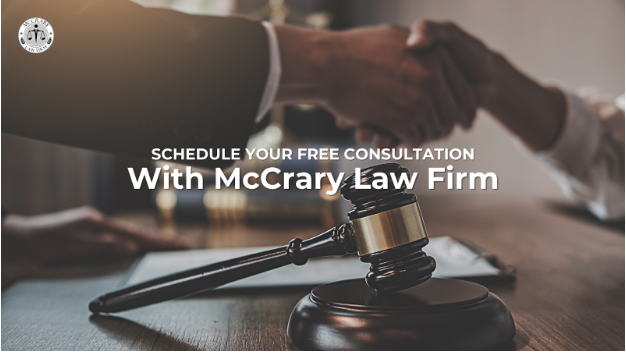
Obtaining the proper legal representation at the onset of your claim can have a significant impact. Insurance companies like GEICO know which law firms are willing to go to trial and which are not. Hiring an experienced attorney can send a message to GEICO that you're not willing to settle for anything less than what you deserve and can even encourage them to offer a fair settlement without the need for a lawsuit.
Our goals are your goals. We want to ensure you get the compensation you need and deserve, and we won't stop fighting until you do.
Conclusion - Secret of Accident Insurance Claims
Dealing with GEICO can be a frustrating and difficult process, especially when you are trying to recover from a car accident. The insurance company is known for using tactics to minimize their payouts and save money.
However, armed with the knowledge of GEICO's secrets and how to counter them, you can maximize your settlement offer and ensure that you receive fair compensation for your injuries and losses.
Remember, having an experienced and skilled attorney on your side is important to help you navigate the complex legal process and protect your rights.
Do not accept a settlement offer that is less than what you rightfully deserve. With the right approach and legal representation with McCrary Law Firm, you can hold GEICO accountable and achieve a positive outcome for your case.
Let us do all the coverage for you.
FREE CONSULTATION 24/7, NO FEES UNTIL WE WIN .
Call or Text Us Now (855) 752-6326


